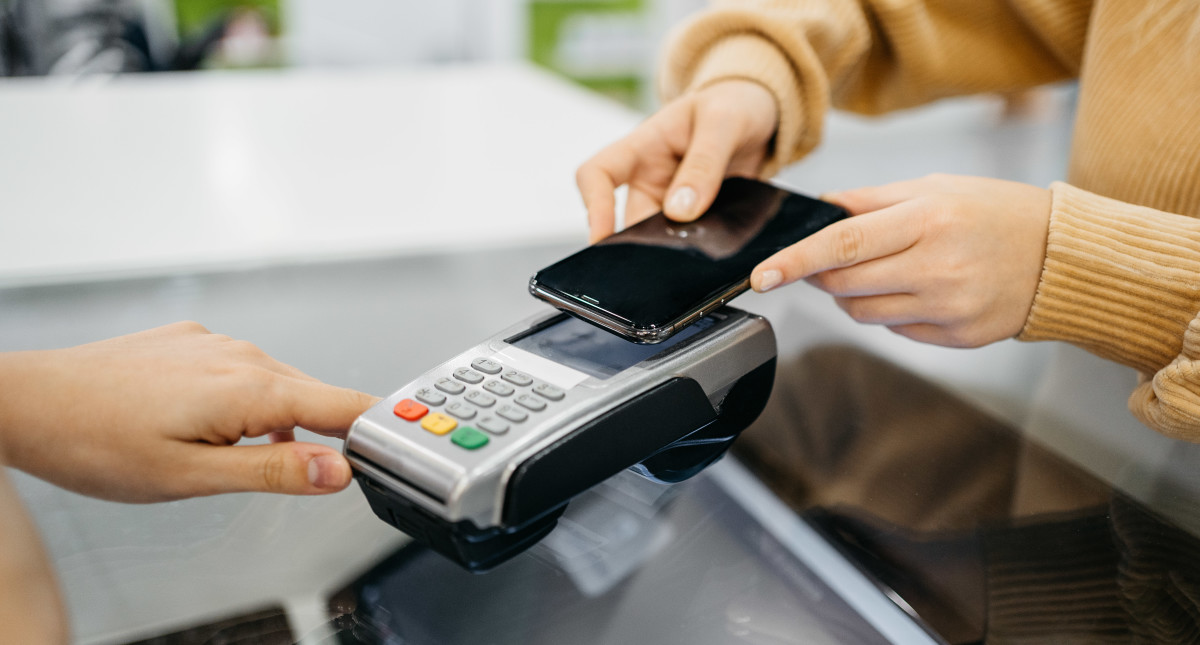The world of shipping is evolving rapidly, and one of the most significant changes we’ve seen in recent years is the rise of contactless shipping solutions. Driven by a global push for greater safety and convenience, contactless shipping has moved from a niche offering to an essential component of modern logistics. Whether it’s driven by the pandemic, changing consumer preferences, or advancements in technology, contactless shipping is here to stay. So, what does this shift mean for businesses, and how can they adapt to meet the new demands? Let’s explore the rise of contactless shipping and what it means for the future of logistics.
A New Standard for Safety and Convenience
The shift towards contactless shipping was accelerated by the COVID-19 pandemic, which fundamentally changed how businesses operate and how consumers shop. As social distancing became the norm, the need for no-contact delivery options skyrocketed. Suddenly, consumers weren’t just looking for fast delivery; they wanted safe, touch-free options that minimized personal interaction. Companies were quick to respond, implementing measures like contactless drop-offs, electronic signatures, and digital notifications to keep both drivers and customers safe.
But contactless shipping isn’t just about health and safety—it’s also about convenience. The ability to receive packages without needing to sign or interact with delivery personnel saves time and adds a layer of privacy and security for the recipient. For businesses, these changes have streamlined operations, reducing the time spent on each delivery and allowing for more efficient routes. As a result, contactless shipping isn’t just a response to a temporary crisis; it’s becoming the new standard for how deliveries are done.
The Technology Behind Contactless Shipping
At the heart of contactless shipping is technology. From real-time tracking to automated delivery updates, technology plays a crucial role in making contactless shipping efficient and reliable. GPS tracking allows customers to see exactly when their package will arrive, while automated notifications let them know when a delivery has been completed—without ever opening the door. Digital payment systems and electronic proof of delivery have replaced traditional cash payments and paper signatures, making the process faster and more secure.
Furthermore, advancements in robotics and autonomous delivery vehicles are pushing contactless shipping into new territory. Companies like Amazon and FedEx are experimenting with delivery robots and drones, designed to drop packages directly at customers’ doorsteps without any human involvement. While still in the early stages, these technologies represent the future of contactless shipping, promising to further reduce delivery times and costs while maintaining a completely touch-free experience.
The Environmental Impact: A Green Shift
One of the often-overlooked benefits of contactless shipping is its positive environmental impact. By optimizing delivery routes and using technology to streamline the process, businesses can reduce fuel consumption and lower their carbon footprint. Contactless delivery options, such as parcel lockers and smart drop boxes, also help reduce the number of missed deliveries, which in turn decreases the need for repeat trips—a win for both the environment and logistics costs.
Additionally, the integration of electric and hybrid delivery vehicles into contactless shipping fleets is making last-mile delivery greener. As companies look to meet sustainability goals, the move toward more efficient, environmentally friendly delivery methods is becoming increasingly important. Contactless shipping, with its focus on technology and optimization, is well-positioned to lead this green shift in logistics.
Challenges of Contactless Shipping and How to Overcome Them
Despite its many advantages, contactless shipping isn’t without challenges. Issues such as package theft, missed deliveries, and damage during unattended drop-offs are common concerns that need to be addressed. Businesses must implement clear communication strategies, including precise delivery instructions and secure drop-off locations, to minimize these risks.
For high-value items, businesses and consumers alike may wonder: is shipping protection worth it? In the contactless shipping landscape, the answer is often yes. With packages being left unattended, the risk of theft or damage increases. Shipping protection provides an added layer of security, ensuring that businesses aren’t left out of pocket when something goes wrong. It’s a small investment that can pay off significantly in maintaining customer trust and satisfaction in a contactless world.
Adapting to Consumer Expectations
As contactless shipping becomes more prevalent, consumer expectations are shifting. Shoppers now expect seamless, safe, and efficient delivery experiences, and businesses that fail to meet these expectations risk falling behind. Investing in the right technology, from automated tracking to secure delivery systems, is crucial for staying competitive.
For businesses, this means rethinking logistics strategies and embracing innovations that prioritize contactless interactions. Whether it’s partnering with tech providers, training staff on new protocols, or investing in secure drop-off solutions, adapting to this new normal is essential. The companies that can integrate these changes smoothly will not only meet today’s demands but set themselves up for future success.
The Future of Contactless Shipping
The rise of contactless shipping is more than a trend—it’s a fundamental shift in how deliveries are made. As technology continues to evolve and consumer expectations grow, contactless solutions will become even more sophisticated, offering greater convenience, security, and efficiency. For businesses, embracing this change isn’t just about keeping up—it’s about leading the way in a new era of logistics.
The future of shipping is contactless, and the benefits are clear: safer deliveries, happier customers, and a more streamlined process that saves time and money. So, how will your business adapt to this shift? The opportunities are there, and the companies that seize them will define the next chapter of shipping innovation.






